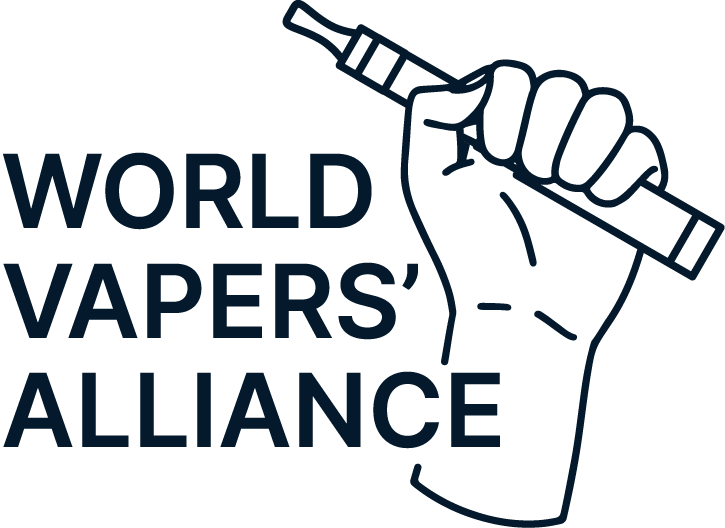Der zweite Tag des E-Zigaretten-Gipfels, einer der größten Veranstaltungen im Dampferkalender, ist gerade zu Ende gegangen und bot erneut eine beeindruckende Liste an Expertenbeiträgen. (Meine Zusammenfassung des ersten Tages finden Sie hier, falls Sie auf dem Laufenden bleiben möchten.)
Wie schon am ersten Tag haben wir einen kurzen Blogbeitrag mit den Highlights des Tages zusammengestellt! Wir hoffen, er ist hilfreich für euch und ihr teilt ihn bitte fleißig mit euren Dampfer-Kollegen, so wie ihr es auch mit unserem ersten Blogbeitrag getan habt.
Ich möchte nochmals die großartigen Leistungen aller Beteiligten des E-Zigaretten-Gipfels für diese gelungene Veranstaltung unter schwierigen Umständen würdigen.
Michael Landl
Direktor der Welt-Vapers-Allianz
—
Der zweite Tag begann mit Deborah Arnott, Die Geschäftsführerin von Action on Smoking and Health (ASH), Arnott, präsentierte die Regulierung von E-Zigaretten in Großbritannien – von den positiven bis zu den negativen Aspekten. Sie beleuchtete verschiedene Themen rund um das Dampfen, darunter die besorgniserregende zunehmende Ansicht britischer Raucher, dass Dampfen schädlicher sei als Rauchen. Laut Arnott zeigen ASH-Daten, dass dies bereits jeder dritte britische Raucher so sieht, im Vergleich zu jedem fünften im Jahr 2019.
Als nächstes kam Folgendes: Professor Robert Beaglehole, Professor Beaglehole von der Universität Auckland gab einen sehr interessanten Überblick über Neuseelands Bemühungen, bis 2025 “rauchfrei” zu werden, und betonte seine Überzeugung, dass E-Zigaretten eine Schlüsselrolle bei der Erreichung dieses Ziels spielen sollten.
Clive Bates, Der Direktor von The Counterfactual konzentrierte sich in seinem Vortrag darauf, wie Rauchen überflüssig gemacht werden kann. Bates präsentierte ein Zehn-Punkte-Programm, das zur Erreichung dieses Ziels beitragen soll. Zu den zehn Punkten gehörten Vorschläge, “eine offene Kommunikation der relativen Risiken an die Verbraucher” zu ermöglichen und “unnötige Beschränkungen der Behältergröße für E-Liquids aufzuheben”.”

Tim Phillips, Der Geschäftsführer von EcigIntelligence gab einen Überblick über den weltweiten Markt für E-Zigaretten. EcigIntelligence schätzt die Zahl der Dampfer weltweit auf 36,7 Millionen und den Wert des globalen Marktes auf 12,7 Milliarden US-Dollar. Phillips wies auf einen interessanten Punkt in Bezug auf Aromen hin: Die Nachfrage sei vorhanden, doch die Regulierungen wirkten sich auf das Angebot aus.“

Während der ersten Frage-und-Antwort-Runde des Tages ging es unter anderem darum, wie man die Risikowahrnehmung des Dampfens unter Rauchern angehen kann und welchen Einfluss Michael Bloomberg auf die Regulierung gegen das Dampfen hat. Clive Bates Er wies darauf hin, dass Bloomberg ein “unverhohlener Apologet” sei und die Milliarden von Dollar, die er in das Verbot investiere, es extrem schwierig machten, das Dampfen zu schützen. Deborah Arnott Er wies darauf hin, dass es weltweit schon lange eine “Antipathie gegenüber Nikotin” gebe und die eigentliche Herausforderung darin bestehe, dies zu ändern. Bates Er stimmte zu und erklärte, dass der Ansatz des “Kriegs gegen Drogen” im Umgang mit Nikotin völlig gescheitert sei.
Die zweite Tageshälfte begann mit einer ausführlichen Frage-und-Antwort-Runde zum Thema Tabakschadensminderung zwischen Professor West, vom University College London und Experten für Raucherentwöhnung vor Ort Louise Ross (New Nicotine Alliance) Und Nicky Coote, Richard Holley (Mitarbeiter des örtlichen Raucherentwöhnungsdienstes). Alle waren sich einig, dass das Dampfen den Weg zur Raucherentwöhnung für neue Nutzergruppen wie Menschen mit psychischen Erkrankungen und ältere Menschen ebnet. Sie sagten auch, dass es Hoffnung für diejenigen biete, die bereits alle anderen Methoden zur Raucherentwöhnung ausprobiert hätten. Im Gespräch über Aromen erwähnte Holley, dass kürzlich 50 Flaschen E-Liquid verschickt worden seien, von denen nur 7 Tabakgeschmack hatten. Dies verdeutlichte, wie wichtig Aromen für die Raucherentwöhnung sind.
Anschließend folgte die sechste Sitzung, die sich mit Tabak und gesundheitlicher Ungleichheit befasste. Die Diskussion begann mit Professor Notley, Die Forscherin der University of East Anglia stellte klar, dass es keine stichhaltigen Beweise für einen Zusammenhang zwischen E-Liquids und dem späteren Einstieg ins Rauchen gebe. Sie betonte außerdem, dass Aromen ein wichtiger Aspekt beim Umstieg auf das Dampfen seien.
Dr. Sharon Cox von der University College London, anschließend sprach sie über gefährdete Gruppen im Zusammenhang mit E-Zigaretten. Sie bot wertvolle Einblicke in die Bedeutung der Aufklärung von Obdachloseneinrichtungen und anderen sozialen Einrichtungen über die Vorteile des Dampfens. Sie präsentierte britische Forschungsergebnisse, die zeigen, dass 93,11 % der Obdachlosen Dampfen und Rauchen gleichsetzen, und betonte, dass sich dies ändern müsse. Es gab jedoch auch positive Anzeichen, da während der Pandemie Tausende von E-Zigaretten an Obdachlose verteilt worden waren. Als Nächstes sprach sie über Dr. Frances Thirlway, Universität York, die eine detaillierte Analyse der unabhängigen britischen Vape-Läden erstellte, und sie appellierte an die britische Regierung, die unabhängige Vape-Branche nicht übermäßig zu regulieren.
Nach der Analyse des Vereinigten Königreichs wandten wir uns den USA zu und führten dort mehrere Gespräche über Tabakkontrolle und Tabakschadensminderung. Wir erhielten Expertenanalysen zu verschiedenen Aspekten von Forschungsmethoden wie randomisierten kontrollierten Studien, Bevölkerungsbefragungen und Längsschnittstudien. Dr. Ray Niaura der New York University.
Professor Peter Hajek Ein Vertreter der Queen Mary University lieferte uns daraufhin das, was meiner Ansicht nach das Zitat des Gipfels ist: “Menschen am Dampfen zu hindern, ist unethisch.” Er kritisierte anschließend die Argumente der Anti-Dampf-Gruppen und merkte an, dass die “moralische Gewissheit”, mit der diese ihre Standpunkte vertreten, gefährlich sei.
Wir erhielten daraufhin Erkenntnisse von Dr. Jasjit S. Ahluwalia, Brown University, der uns die verschiedenen Argumente und Nuancen rund um das Thema Dampfen sorgfältig erläuterte. Er plädierte dafür, politische Maßnahmen auf wissenschaftlichen Erkenntnissen zu basieren. Er stellte außerdem klar, dass der Umstieg von Zigaretten auf E-Zigaretten “sehr wahrscheinlich das Krebsrisiko senkt”.
Professor Steven A. Schroeder Ein Redner der University of California hielt anschließend seine Keynote-Rede und kritisierte die Anti-Vaping-Lobby, deren ‘Beweise’ häufig “über die wissenschaftlichen Erkenntnisse hinausgehen”. Er betonte, dass wir die öffentliche Meinung zum Thema Vapen kontrollieren und Desinformation bekämpfen müssen.
Die gesamte Veranstaltung endete dann mit einer Diskussion zwischen Glynn (Universität Stanford), Cliff Douglas (Universität Michigan), Prof. Hajek, Prof. Schroeder und Dr. Ahluwalia. In ihren Schlussbemerkungen betonten sie die Notwendigkeit wissenschaftlicher Forschung und die kumulative Wirkung zahlreicher Studien im Laufe der Zeit, um zu beweisen, dass Dampfen weniger schädlich ist als Rauchen. Sie bekräftigten, dass es die Pflicht der Gesundheitsorganisationen sei, die Öffentlichkeit über die tatsächlichen Auswirkungen von Nikotin aufzuklären und das Vertrauen in das Dampfen als Mittel zur Schadensminderung weiter zu stärken.







